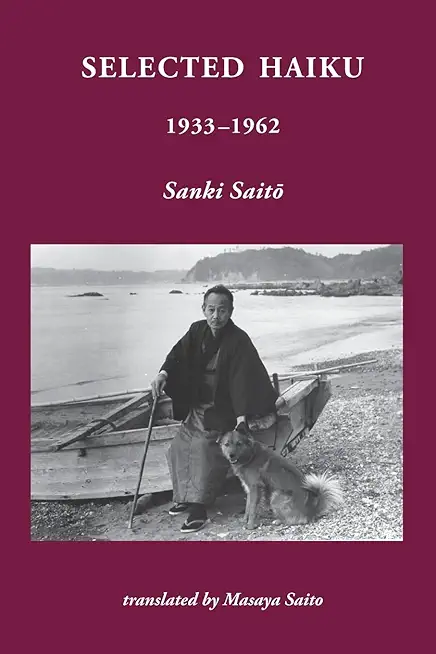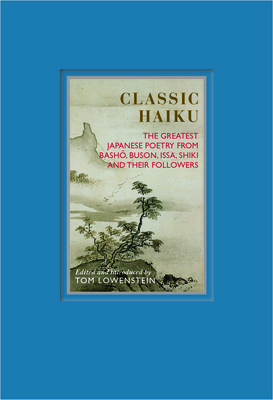
description
pan in 1900, is a towering figure in twentieth-century haiku. Although he did not begin to write haiku until the age of 33, he then rapidly became a leading figure in the poetically radical New Rising Haiku movement. He was silenced in 1940 when his writing caused him to be arrested on the charge of violating the Peace Preservation Law, but he began to write again after 1945, and between 1947 and 1962 he published three major collections of haiku. Vigorous, earthy, observant, tragic, hilarious, sensuous, unillusioned, powerful, ironic - these haiku are among the major achievements in postwar Japanese poetry.
In Selected Haiku 1933-1962, Masaya Saito has vividly and powerfully translated 1,141 of Sanki's haiku. In addition he has written a full and informative introduction, outlining Sanki's life, describing his key role in the New Rising Haiku movement of the 1930s, elucidating the political and historical context in which he wrote, and discussing his mature postwar work. This is a major English-language representation of the work of one of the most striking figures in twentieth-century haiku.
In Selected Haiku 1933-1962, Masaya Saito has vividly and powerfully translated 1,141 of Sanki's haiku. In addition he has written a full and informative introduction, outlining Sanki's life, describing his key role in the New Rising Haiku movement of the 1930s, elucidating the political and historical context in which he wrote, and discussing his mature postwar work. This is a major English-language representation of the work of one of the most striking figures in twentieth-century haiku.
member goods
No member items were found under this heading.
Return Policy
All sales are final
Shipping
No special shipping considerations available.
Shipping fees determined at checkout.







